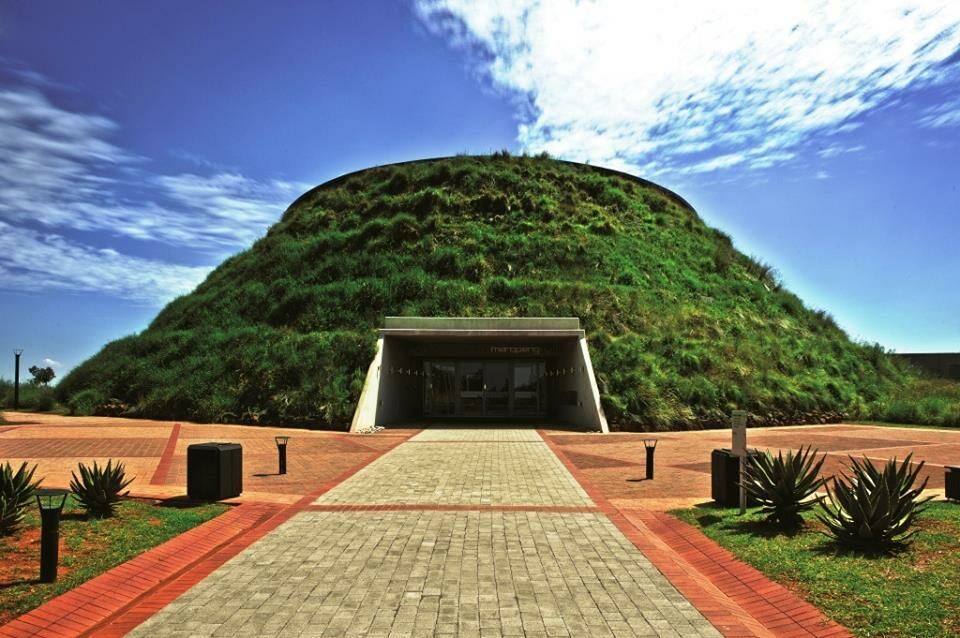9 Easy Facts About Johannesburg North Attractions Shown
9 Easy Facts About Johannesburg North Attractions Shown
Blog Article
Indicators on Johannesburg North Attractions You Need To Know
Table of ContentsJohannesburg North Attractions Things To Know Before You BuyThe Ultimate Guide To Johannesburg North AttractionsSome Known Incorrect Statements About Johannesburg North Attractions Johannesburg North Attractions Can Be Fun For AnyoneAn Unbiased View of Johannesburg North AttractionsThe 6-Second Trick For Johannesburg North Attractions
The city grew on the edge of the Witwatersrand Key Coral reef, a subterranean stratum of gold-bearing quartz-silica corporation that arcs for hundreds of miles beneath the Highveld - Johannesburg North attractions. Most of the gold mines in the city stopped procedure in the 1970s, however in its day the Witwatersrand gold sector accounted for even more than 40 percent of the globe's annual gold production.Johannesburg has a temperate climate. Summer temperature levels balance about 75 F (24 C); winter season temperatures average about 55 F (13 C) and only occasionally dip listed below cold. The city delights in about eight hours of sunshine daily in both winter months and summer. Rainfall standards concerning 28 inches (700 millimetres) per year, however the overall differs considerably from year to year.
What rain the city obtains falls almost solely in the summer months, often in incredible late-afternoon electrical storms. Air pollution postures a considerable trouble, particularly in the winter season, when thermal inversions hinder the westward flow of air from the Indian Sea. Pollution is most serious in the densely worked out Black areas on the city's periphery, where many locals still rely upon coal for fuel.

The 6-Minute Rule for Johannesburg North Attractions
The equilibrium of the city is inhabited by whites. Lodging differs in character and quality.
Physical growth, although somewhat restricted by transportation, continued rapidly as migration to South Africa, and Johannesburg in specific, boosted significantly. This problem was fixed in the 1930s when the automobile was introduced in mass manufacturing to South Africa. Cars were, essentially, constrained to the affluent, and permitted them to relocate to the north of the city and commute right into the centre.
The majority of bad suburban areas were blended, with bad blacks and whites living with each other, although the well-off residential areas were normally scheduled for whites.
The estimated populace of the area is 200,000, [] however the number of people residing in the central city on a casual basis is unknown, as several are illegal aliens. Most higher-income citizens and white people have actually moved to the northern residential areas and have actually been replaced by lower-income black people. The joblessness, education and learning, and age accounts of the area are all unknown, because of the problem of getting reputable details about the area.
The Only Guide for Johannesburg North Attractions
Yeoville and Bellevue have a mix of apartment or condo structures and single residential systems on small great deals. The area is situated on a hilly divide that runs from east to west. One of the most conspicuous geographic feature is Observatory Ridge, which is named for the huge observatory located on published here it. The leisure spaces are no more made use of, due to safety and security troubles.

Johannesburg Stadium, a training school for both the Golden Lions and Orlando Pirates, is nearby. The eastern suburbs of Johannesburg lie in the city's 7th [] and 9th [] areas. The location is additionally functionally integrated with East Rand border towns outside of the main boundary of Johannesburg, such as Bedfordview and Edenvale (both part of Ekurhuleni Metropolitan Community).
Getting The Johannesburg North Attractions To Work
R. Tambo International Airport). The eastern residential areas are some of the earliest areas of Johannesburg, there are big areas of Jewish and various other European histories, the majority of the population is English speaking. There are three golf courses along with a number of moved here secured ridges with viewsites. There are a number of strong and up-market enjoyment and shopping areas in the east such as the Eastgate Shopping Center and the Greenstone shopping center.
The area is mostly made up of old "matchbox" residences, or four-room homes constructed by the federal government, that were built to give economical holiday accommodation for black employees during racism. Soweto is an acronym, standing for "South Western Townships". Road after street in this area is lined with matchboxes; nonetheless, there are a few smaller sized locations where thriving Sowetans have actually developed homes that are a lot more comparable in stature with those in more affluent residential areas.
Hostels are another prominent physical attribute of Soweto. Initially constructed to house male migrant workers, numerous have been boosted as houses for couples and families. The N1 Western Bypass skirts the eastern border of Soweto. The suburb was not traditionally allowed to develop employment centres within the location, so nearly all of its residents are visit the site travelers to various other parts of the city.
Top Guidelines Of Johannesburg North Attractions
The residential locations in the north suburbs are generally formal, with no substantial areas of casual housing, or housing that does not have a long-term framework. This is an established area, there is a fad of land usage change from domestic to business, specifically along major arterial roadways and around well established nodes.
The location is well linked to roadway networks, especially along the north-south axis created by the M1 and N1. Roads to the eastern and west are much less well created, as there are no highways taking a trip because instructions. In the direction of the north border of the city, the density of growth lowers, leaving huge locations of primitive land around Midrand.
More About Johannesburg North Attractions
, which is located on a hillside ignoring the inner city and Hillbrow.
Report this page